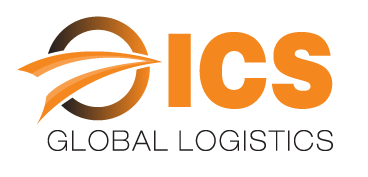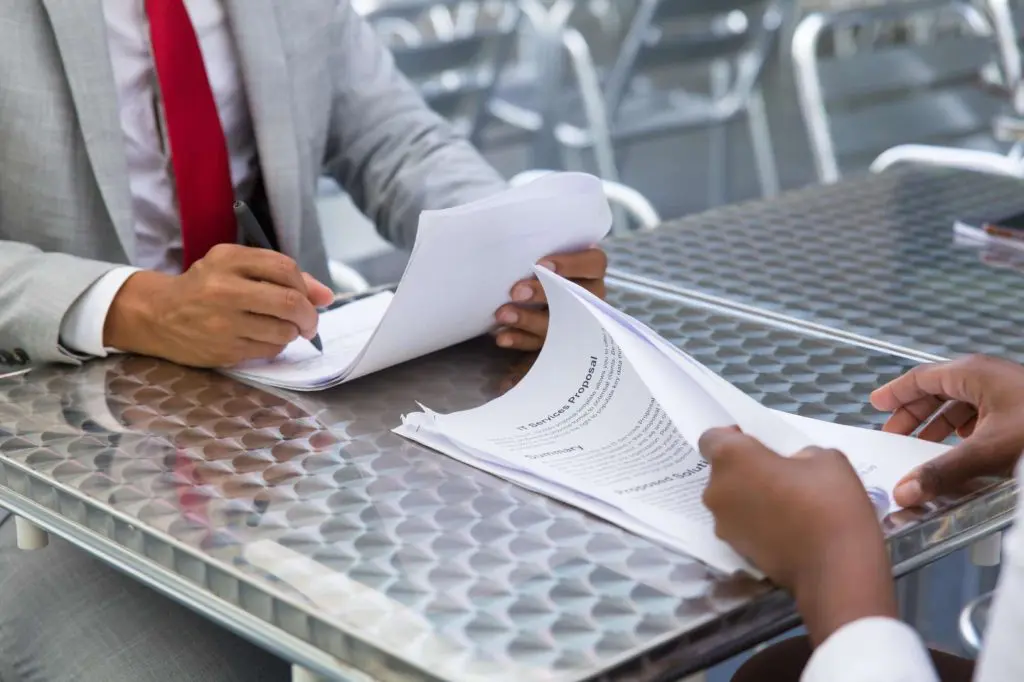Customs clearance can be a complex and challenging process for businesses involved in international trade, and Melbourne, being a major Australian port and a hub for commerce, is no exception. The term “red tape” often comes up when discussing customs clearance, referring to the bureaucratic procedures and regulations that can slow down the import and export of goods. In this blog post, we’ll explore the ins and outs of customs clearance in Melbourne and provide valuable tips to help businesses navigate the red tape more efficiently.
Understanding Melbourne’s Customs Landscape
Before delving into the tips for smoother customs clearance, it’s crucial to have a clear understanding of the customs landscape in Melbourne.
Port of Melbourne: As Australia’s largest and busiest container port, the Port of Melbourne is a focal point for customs activities. It handles a significant portion of the country’s imports and exports.
Customs Regulations: Melbourne adheres to Australian customs regulations and international trade agreements. Staying updated on these regulations is essential for a smooth clearance process.
Customs Brokers: Many businesses rely on customs brokers in Melbourne to navigate the complexities of customs procedures. These professionals have expertise in customs documentation and compliance.
Red Tape Challenges: Red tape can manifest as paperwork delays, compliance issues, and unexpected fees. Businesses must be prepared to address these challenges effectively.
Now, let’s dive into some tips to help you streamline your customs clearance process in Melbourne.
Tips for Smoother Customs Clearance
Plan Ahead: One of the most effective ways to avoid customs-related delays is to plan well in advance. Start preparing your documentation and ensure your goods comply with all regulations long before they arrive in Melbourne.
Work with a Customs Broker: Engaging a customs broker in Melbourne can be a game-changer. These professionals are well-versed in local customs practices and can help you navigate the process efficiently.
Accurate Documentation: Ensure that all your documentation, including invoices, bills of lading, and packing lists, is accurate and complete. Even minor errors can lead to delays.
Classification and Valuation: Properly classify your goods and declare their value accurately. Misclassification can result in customs audits and fines.
Compliance with Regulations: Stay informed about changes in customs regulations and tariffs. Compliance is key to avoiding customs issues.
Use Technology: Leverage technology to streamline the documentation process. Many customs clearance processes in Melbourne are now digitized, making it easier to submit paperwork and track your shipments.
Pre-clearance Options: Explore pre-clearance options if applicable to your business. This can significantly reduce the time your goods spend in customs.
Communication: Maintain open communication with your customs broker and customs authorities. Any changes or issues should be communicated promptly.
Risk Assessment: Conduct a risk assessment of your customs operations. Identify potential bottlenecks or compliance issues and address them proactively.
Stay Informed: Join industry associations and networks in Melbourne to stay informed about the latest customs trends and best practices.
Melbourne’s Unique Customs Challenges for Importing and Exporting
Before diving into the tips for smoother customs clearance, it’s crucial to understand the specific challenges that businesses face when dealing with customs in Melbourne.
1. Port Congestion
Melbourne is home to the Port of Melbourne, Australia’s largest and busiest container port. While this presents excellent trade opportunities, it can also lead to congestion and delays, particularly during peak periods. Businesses must plan their shipments carefully to avoid bottlenecks.
2. Regulatory Complexity
Australia’s customs regulations are known for their complexity. Businesses must navigate a web of rules, classifications, and tariffs, which can be overwhelming, especially for newcomers. Compliance with these regulations is non-negotiable, and errors can result in fines and delays.
3. Environmental and Biosecurity Considerations
Australia has strict environmental and biosecurity regulations in place to protect its unique ecosystems. This means that import companies in Australia must meet stringent criteria to prevent the introduction of pests and diseases. Melbourne, as a major point of entry, places a significant emphasis on these checks.
4. Tariffs and Duties
Understanding and correctly calculating tariffs and duties is a vital aspect of customs clearance. Melbourne businesses must be aware of the specific rates that apply to their products to avoid unexpected costs.
5. Documentation Challenges
Accurate and complete documentation is critical for smooth customs clearance in Australia. Errors or missing information can lead to significant delays. Additionally, language barriers can sometimes complicate the documentation process, especially when dealing with non-English-speaking countries.
Conclusion
Navigating red tape in customs clearance in Melbourne can be a daunting task, but with careful planning, accurate documentation, and the assistance of customs professionals, businesses can significantly improve their clearance experience. Understanding Melbourne’s customs landscape and staying up-to-date with regulations are essential steps toward a smoother customs clearance process. By following the tips provided in this article, businesses can reduce delays, avoid compliance issues, and ensure a more efficient and cost-effective customs clearance experience in Melbourne.

